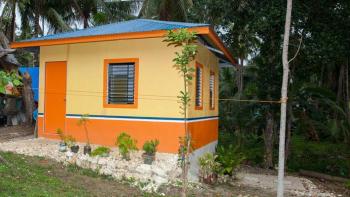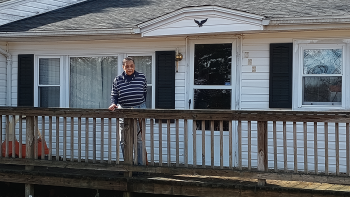
Health and safety
Habitat works to build strength, stability and self-reliance through shelter. Promoting health and safety are key to achieving these goals.
Housing and health
Worldwide, studies have shown that there is an inextricable connection between decent housing and health. A 2006 report issued by the Planning and Development Collaborative International stated, “Clean, warm housing is an essential input for prevention and care of diseases of poverty like HIV/AIDS, tuberculosis, diarrhea, and malaria.” Lisa Harker, a British child poverty expert, found that poor housing conditions increase the risk of severe health problems and disability by up to 25 percent during childhood and early adulthood.
Housing and safety
Habitat provides solutions that promote health and safetyAn Emory University research study in Malawi found Habitat housing improved the health of young children as much as water and sanitation programs. Children under 5 years old living in Habitat for Humanity homes had 44 percent fewer cases of malaria, respiratory or gastrointestinal diseases compared to children living in traditional houses.







